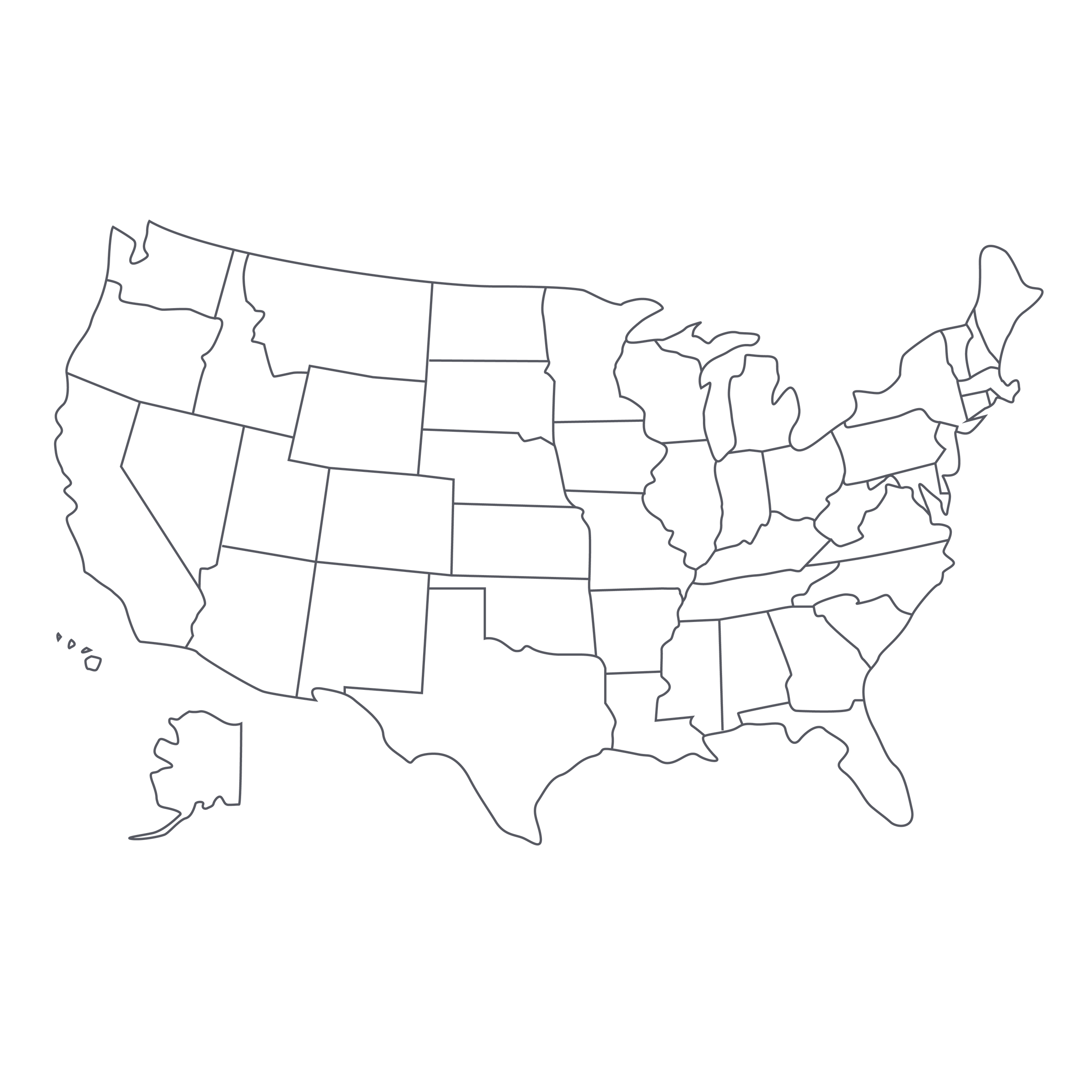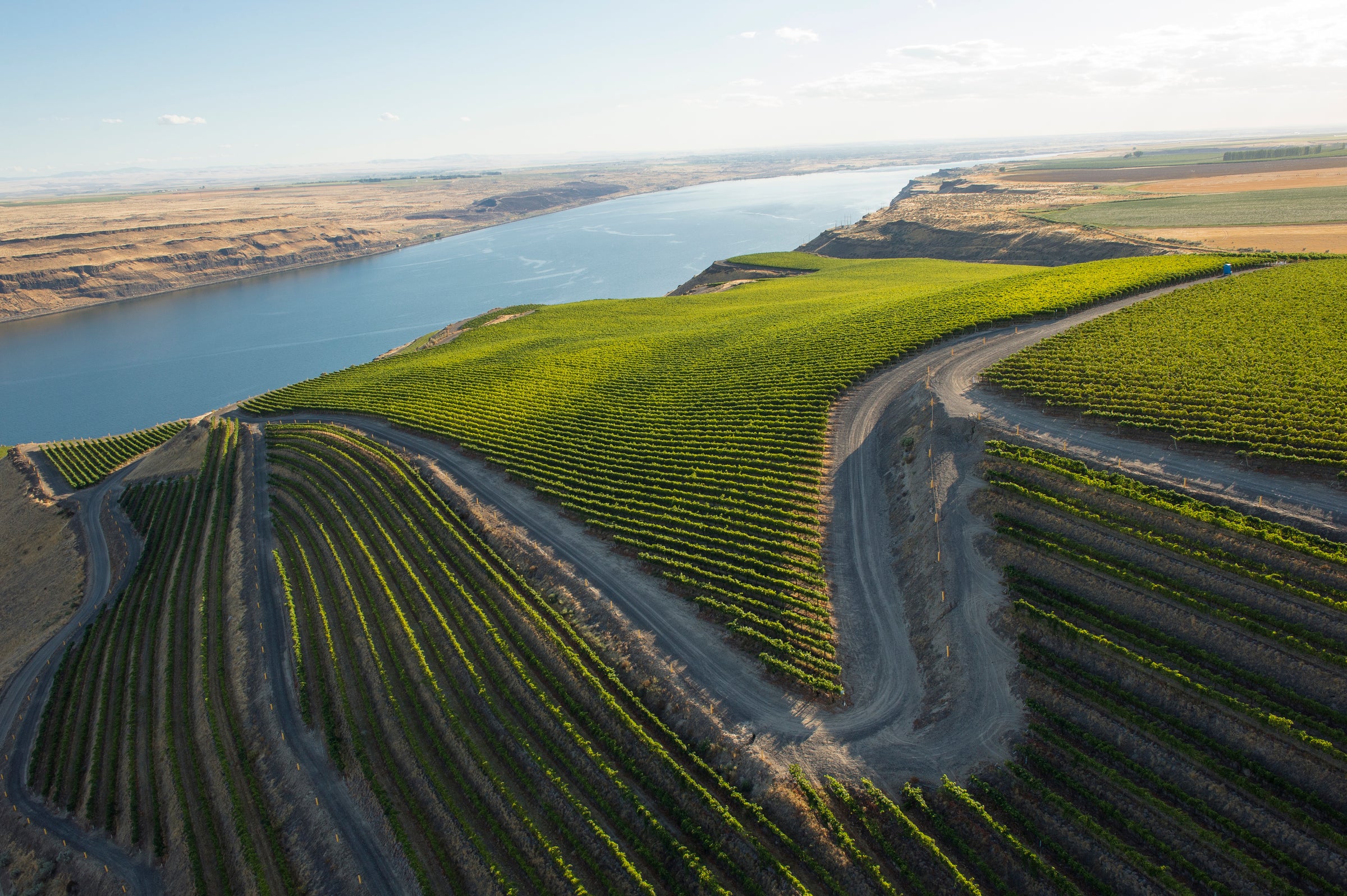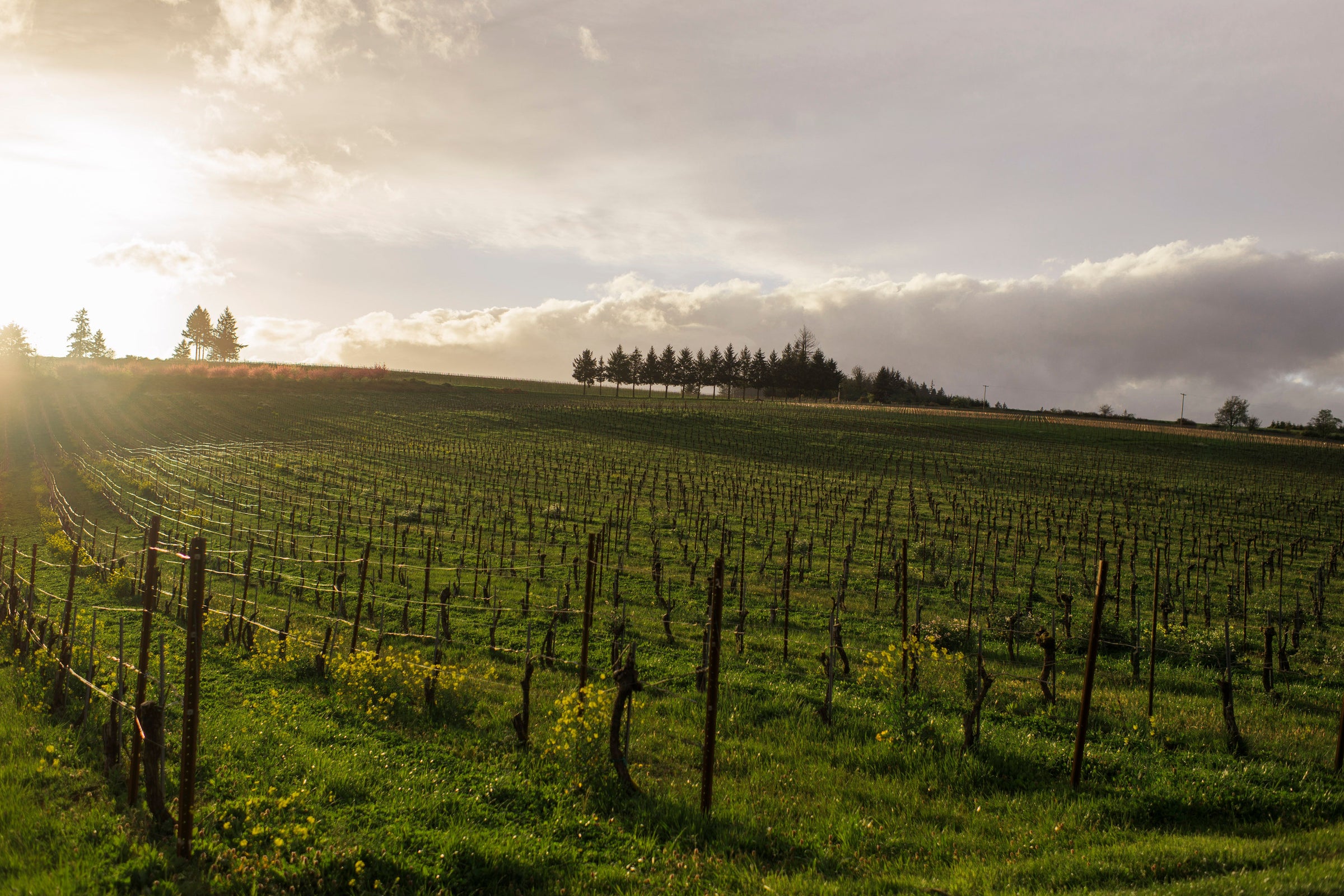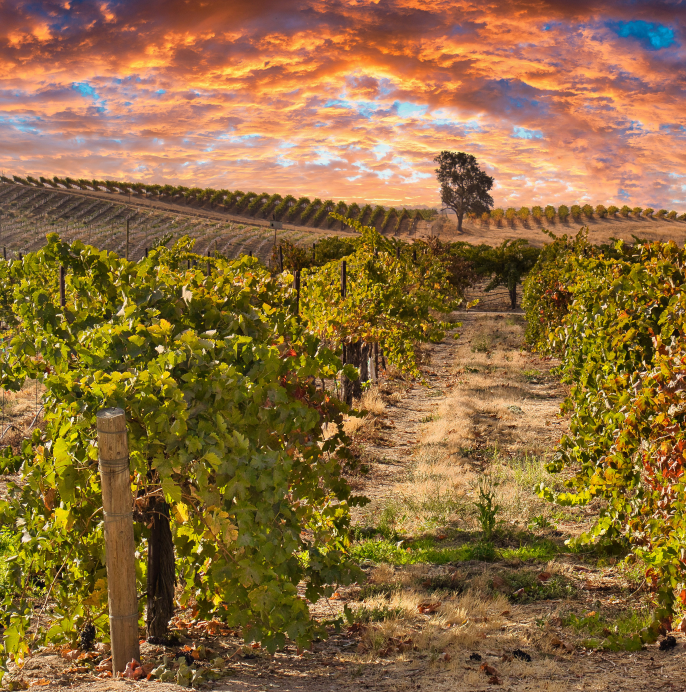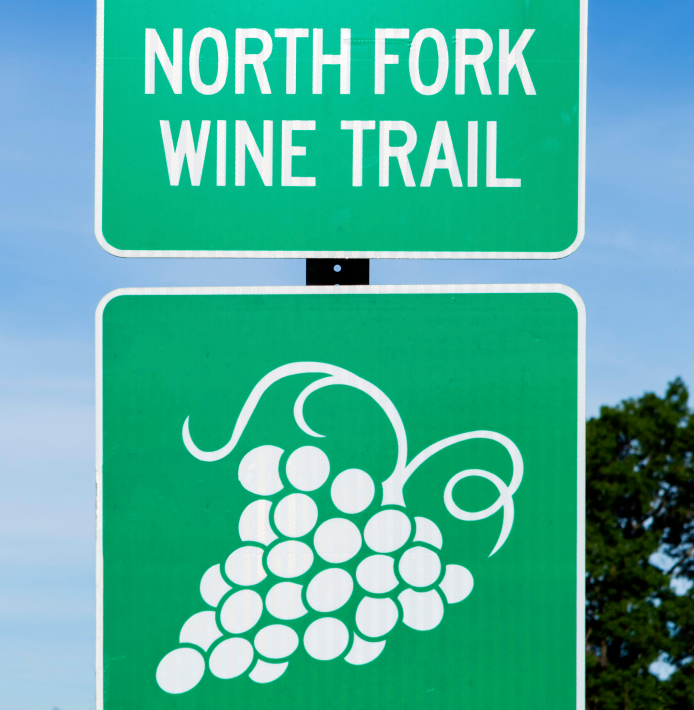We’ve seen Californians do Pinot Noir as well as the French; Grüner Veltliner as well as the Austrians; Albariño as well as the Spaniards; and, in today’s case, Italian whites as well as the Italians. Today marks the third vintage in a row we’ve offered Massican’s “Annia,” the flagship bottling of Dan Petroski’s tiny, white wine-focused operation in the heart of Napa Cabernet country.
Massican is about as anomalous as wine projects get, but to his considerable credit, Petroski has created a sensation with his lineup of racy, mineral, low-alcohol, modestly oaked whites. “Annia” is an homage to some of the iconic blended whites made in Italy’s Friuli-Venezia Giulia region, combining Tocai Friulano (now officially known as “Friulano” in its homeland) and Ribolla Gialla with a splash of Chardonnay; it even spends a little time aging in barrels (some of them new), but you’d never know it, because the acidity is so well-preserved and the fruit so vivid. Every time I taste a new vintage of “Annia”—not to mention the other whites in the Massican lineup—I wonder why there aren’t more California wineries making wine in this invigorating style. Yes, there are a few contemporaries with a similar sensibility (Matthiasson comes immediately to mind), but overall, the Massican wines still feel revelatory, even though they’ve been around for some time now. They show a side of the Napa Valley that is seldom seen, and we’re here for it!
At this point, Massican whites are staples of savvy restaurant wine lists across the country. I’m willing to bet you’ve encountered them, because they truly have struck a chord with sommeliers. Like so many young Californian winemakers, Petroski has a very demanding “day job” crafting the powerful, critically beloved Cabernets at Napa’s historic Larkmead winery, but he’s able to find time to manage Massican, which in 2020 produced about 3,000 cases across four bottlings, all of them white. At 1,582 cases, “Annia” is the largest-production item of the four, followed by a Sauvignon Blanc sourced from Napa’s Juliana Vineyard, a site which was originally planted to supply Mondavi’s landmark “Fumé Blanc.”
When Dan was named “Winemaker of the Year” by the San Francisco Chronicle in 2017, writer Esther Mobley noted the skill with which he bounces between the two poles of his winemaking life: succulent Napa Cabernet at Larkmead on one pole; steely, aromatic Massican whites at the other. “It’s the rare winemaker who can contain multitudes such as these,” Mobley wrote. “To forge a style of wine as original and unmoored as Massican while upholding the epitome of the American wine establishment, Napa Valley Cabernet.”
A devoted student of wine who once worked in the magazine publishing, Petroski started getting into wine in the late-1990s and eventually dove in headlong—moving to Italy to apprentice at Sicily’s Valle dell’Acate winery. He moved to California in 2006, landing a harvest internship at DuMol, and from there it was “game on.” He’s been at Larkmead for 14 years and founded Massican in 2009, naming today’s wine for his Italian mother, Annia. The name Massican refers to Monte Massico in Italy’s Campania region, a historic winemaking area and the land of his ancestors. And while Massican wines have recently come to incorporate “Campanian” grapes such as Greco di Tufo, the principal inspiration for the lineup is the stainless steel-fermented style of white wine perfected in Friuli-Venezia Giulia in the ’90s and early 2000s (the era before skin-contact “orange” whites became fashionable).
The 2020 “Annia” is a blend of Tocai Friulano (61%), Ribolla Gialla (27%), and a little bit of Hyde Vineyard Chardonnay (12%). The Tocai was originally planted in 1946 by the Nichelini family, in Napa’s easterly Chiles Valley. The Ribolla Gialla, meanwhile, boasts 18+ years of vine age, having been planted by legendary Napa vintner George Vare. If you are surprised that two relatively obscure Italian varieties have been planted in Napa Valley for so long, well, I was, too, but I was not surprised to hear that there’s not that much of either: “Annia” contains 30% of all the Tocai and Ribolla grapes grown in California.
Massican whites are all about modest alcohol levels and minimal oak, and the 2020 continues the tradition. Coming in at just 12.5% alcohol, it nevertheless displays great concentration and energy in the glass. It doesn’t feel “light” at all. In the glass, it has a medium yellow-gold core moving to silver and green at the rim, with perfumed aromas of white peach, apricot, citrus peels, wildflower honey, green herbs, and wet stones. For lovers of the Friulano grape from Friuli-Venezia-Giulia itself, this wine is California’s most faithful representation: the variety’s distant relation to Sauvignon Blanc is discernible in the aromas, while on the palate the Ribolla Gialla is there to jolt your palate to life and ready you for some food. Pull the cork about 15 minutes before serving in all-purpose white wine stems at 45-50 degrees, preferably with some fresh seafood. Check out the attached recipe and make sure there are plenty of lemon wedges on hand. As summer approaches, this is poised to be your “go-to.” I know it will be mine!
